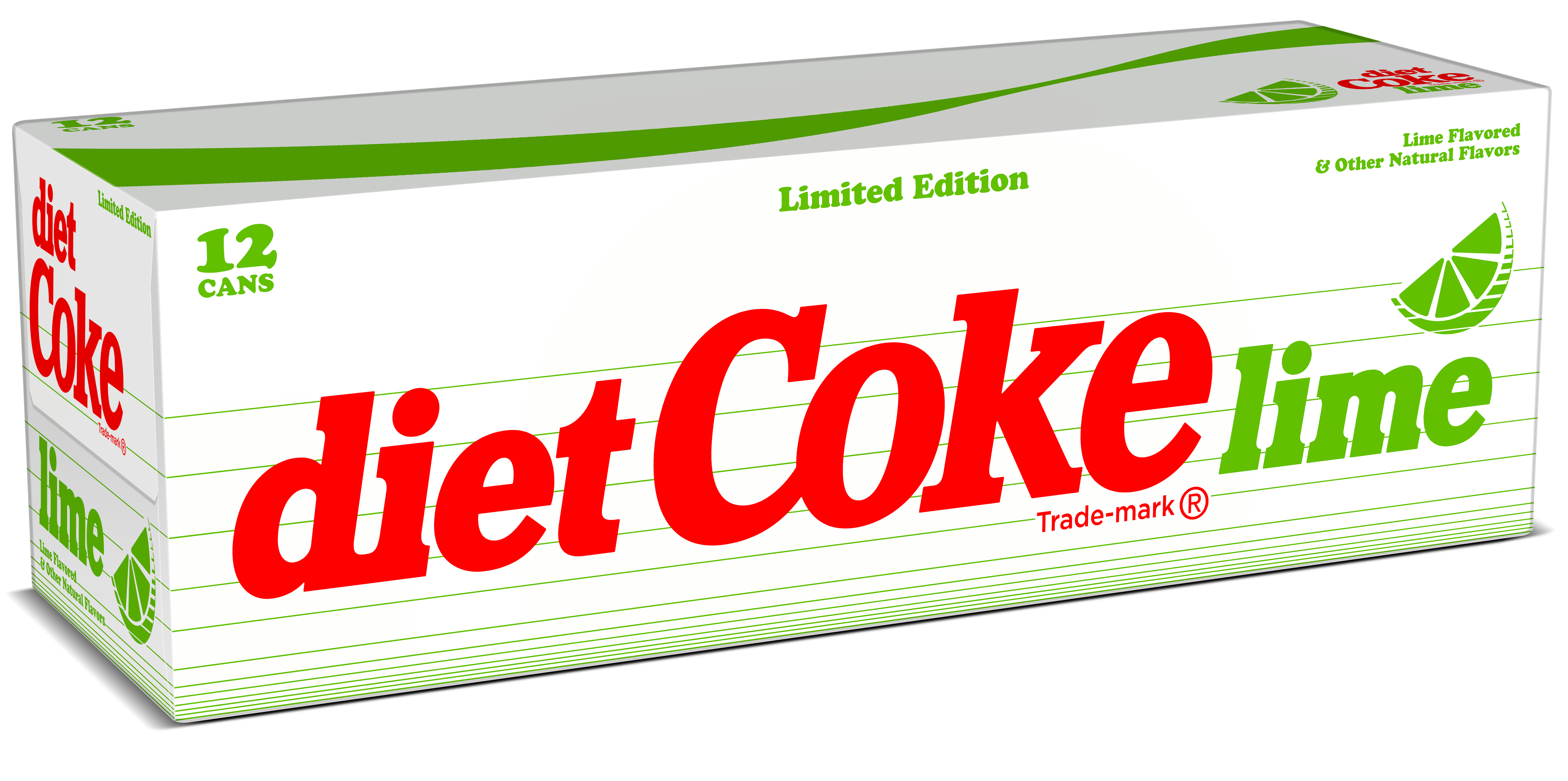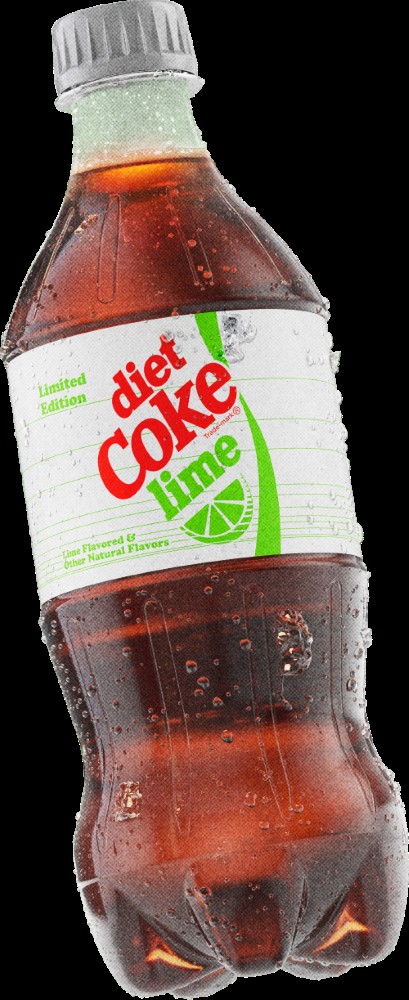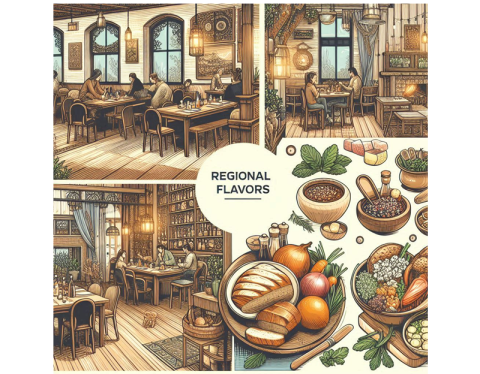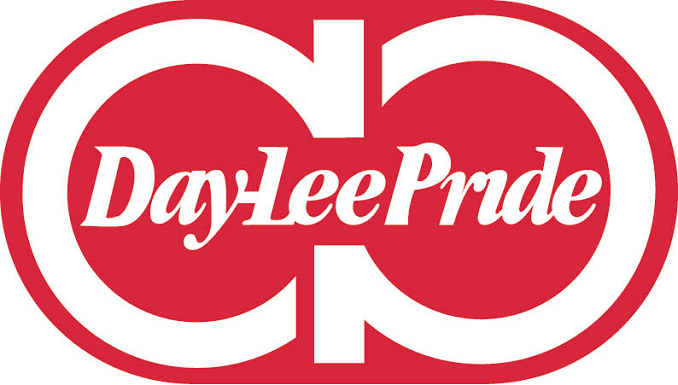
The food and beverage industry is witnessing an unprecedented nostalgia wave, and The Coca-Cola Company is riding it masterfully. This October 6, 2025, one of the most beloved discontinued flavors in recent memory makes its triumphant return to shelves nationwide: Retro Diet Coke Lime. For food and beverage professionals, this launch represents more than just another product comeback: it’s a masterclass in consumer psychology, trend capitalization, and strategic brand revival.
The Return That Fans Have Been Waiting For
After disappearing from regular retail in 2018, Diet Coke Lime is making its comeback in a big way. The limited-time release will be available nationwide in both 12-pack cans and single 20-ounce bottles, marking the first time since its discontinuation that the flavor has achieved full national distribution. This isn’t just a quiet restock: it’s a cultural moment wrapped in eye-catching, retro-inspired neon lime packaging that screams both vintage and contemporary cool.
The timing couldn’t be more strategic. Consumer demand for nostalgic food and beverage experiences has reached fever pitch, with everything from retro candy to vintage soda flavors commanding premium prices and generating viral social media moments. For beverage industry professionals, this represents a significant shift in how brands are approaching product development and consumer engagement.
Nostalgia as a Driving Force in Food and Beverage Trends
The success of nostalgic products isn’t accidental: it’s backed by solid consumer psychology and market research. In today’s fast-paced digital world, consumers are increasingly seeking comfort and familiarity through food and beverage choices that connect them to simpler times or meaningful memories. This trend has become particularly pronounced among millennials and Gen Z consumers, who are driving significant purchasing power in the food and beverage market.
The Coca-Cola Company proved this formula works earlier in 2025 with the runaway success of Retro Diet Cherry Coke. That limited-time release generated unprecedented social media buzz, sold out in multiple markets, and demonstrated clear consumer appetite for throwback flavors delivered with contemporary packaging and marketing sophistication. The success metrics from that launch undoubtedly informed the decision to bring back Diet Coke Lime with similar retro positioning.
Strategic Packaging and Brand Positioning
What makes this Retro Diet Coke Lime launch particularly noteworthy for food and beverage management professionals is the sophisticated approach to packaging and positioning. The neon lime packaging doesn’t just evoke nostalgia: it creates instant shelf appeal and collectibility factor that appeals to multiple consumer segments simultaneously.
For longtime Diet Coke loyalists, the packaging triggers positive memories of the original lime flavor’s heyday. For younger shoppers who may have missed the original run, the retro aesthetic aligns perfectly with current fashion and cultural trends that celebrate vintage and Y2K-inspired design elements. This dual appeal strategy maximizes market potential while creating urgency through its limited-time nature.
The collectibility aspect cannot be understated. In an era where consumers photograph and share their purchases on social media, packaging that’s designed to be Instagram-worthy provides built-in marketing value. Food service industry professionals should take note of how beverage companies are increasingly designing products with social media virality in mind.
Consumer Response and Market Dynamics
Early consumer response to the announcement has been overwhelmingly positive, with social media platforms buzzing with excitement from fans who have been requesting the flavor’s return for years. This organic enthusiasm represents millions of dollars in free marketing value and demonstrates the power of maintaining discontinued product equity through community management and fan engagement.
For food and beverage companies watching this launch, several key lessons emerge. First, discontinuing a popular product doesn’t necessarily mean losing its brand equity: if managed properly, that equity can actually increase over time as scarcity creates desire. Second, the timing of a product’s return can be just as important as the product itself. Coca-Cola’s decision to bring back Diet Coke Lime during peak nostalgia season maximizes cultural relevance and consumer receptivity.
Industry Implications for Food Service and Retail
The Retro Diet Coke Lime launch offers several important insights for food service industry professionals and beverage managers. Limited-time offers (LTOs) of nostalgic products can drive significant traffic and create promotional opportunities that extend far beyond the product itself. Restaurants and food service operations should consider how they can leverage nostalgia trends in their own menu development and promotional strategies.
From a procurement perspective, the limited nature of this release means food and beverage directors should plan inventory carefully. The combination of pent-up consumer demand and limited availability could create supply challenges similar to those experienced during the Retro Diet Cherry Coke launch. Establishing relationships with distributors and planning promotional windows around guaranteed product availability will be crucial for maximizing the opportunity.
The Broader Trend Toward Food and Beverage Sustainability Through Nostalgia
Interestingly, the nostalgia trend in food and beverage also intersects with sustainability concerns. Rather than constantly developing new products, companies are finding success in reviving existing formulations and flavors, which can be more resource-efficient than creating entirely new products from scratch. This approach also resonates with consumers who are increasingly concerned about food waste and overconsumption.
For food and beverage sustainability initiatives, the success of products like Retro Diet Coke Lime demonstrates that innovation doesn’t always mean creating something entirely new: sometimes the most innovative approach is giving consumers exactly what they’ve been asking for in a fresh, contemporary package.
Marketing Lessons for Food and Beverage Companies
The Retro Diet Coke Lime campaign offers a blueprint for how food and beverage companies can successfully execute nostalgia-driven marketing. The key elements include authentic consumer listening (acknowledging fan requests), strategic timing (capitalizing on broader cultural trends), distinctive packaging (creating collectibility and social media appeal), and managed scarcity (using limited availability to drive urgency).
Food and beverage marketing professionals should also note how Coca-Cola is leveraging cross-generational appeal. The product satisfies existing loyalists while attracting new consumers through contemporary packaging and cultural positioning. This approach maximizes market penetration while building long-term brand equity.
What This Means for the Food and Beverage Industry Moving Forward
The success of nostalgic product revivals like Retro Diet Coke Lime suggests that the food and beverage industry may see more brands mining their discontinued product archives for revival candidates. This trend could reshape product development strategies, with companies placing greater emphasis on maintaining discontinued product equity and planning potential revival strategies from the outset.
For hospitality industry professionals, the nostalgia trend creates opportunities to differentiate through curated vintage experiences, whether through classic menu items, retro-themed promotions, or partnerships with brands launching nostalgic products.
The Retro Diet Coke Lime launch represents more than just another product comeback: it’s a signal that successful food and beverage companies are becoming increasingly sophisticated at reading cultural moments and responding with products that tap into deep consumer emotions and desires. As the industry continues evolving, the ability to balance innovation with nostalgia may become one of the most valuable skills in food and beverage management.
Written by Michael Politz, Author of Guide to Restaurant Success: The Proven Process for Starting Any Restaurant Business From Scratch to Success (ISBN: 978-1-119-66896-1), Founder of Food & Beverage Magazine, the leading online magazine and resource in the industry. Designer of the Bluetooth logo and recognized in Entrepreneur Magazine’s “Top 40 Under 40” for founding American Wholesale Floral. Politz is also the founder of the Proof Awards and the CPG Awards and a partner in numerous consumer brands across the food and beverage sector.








